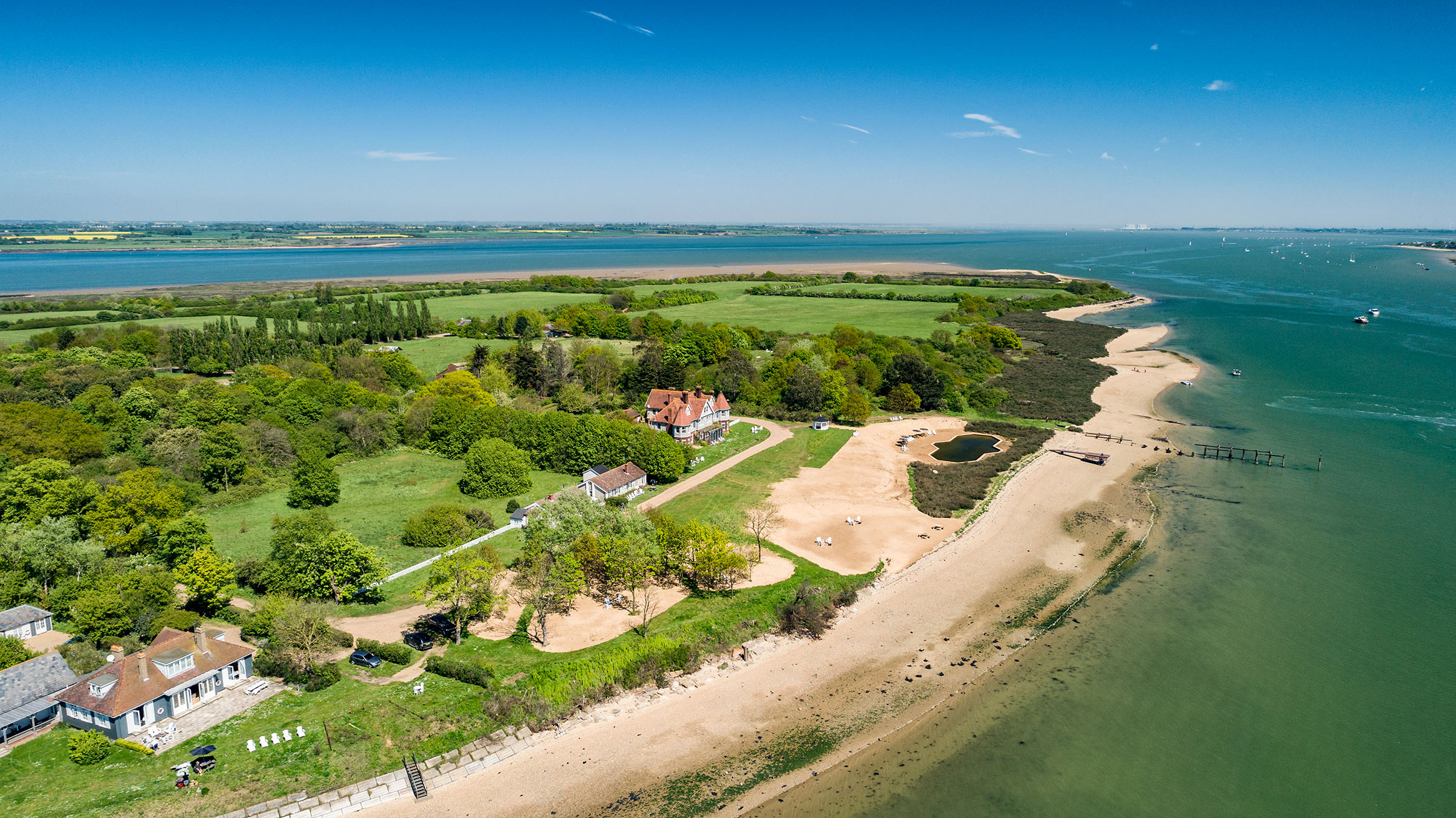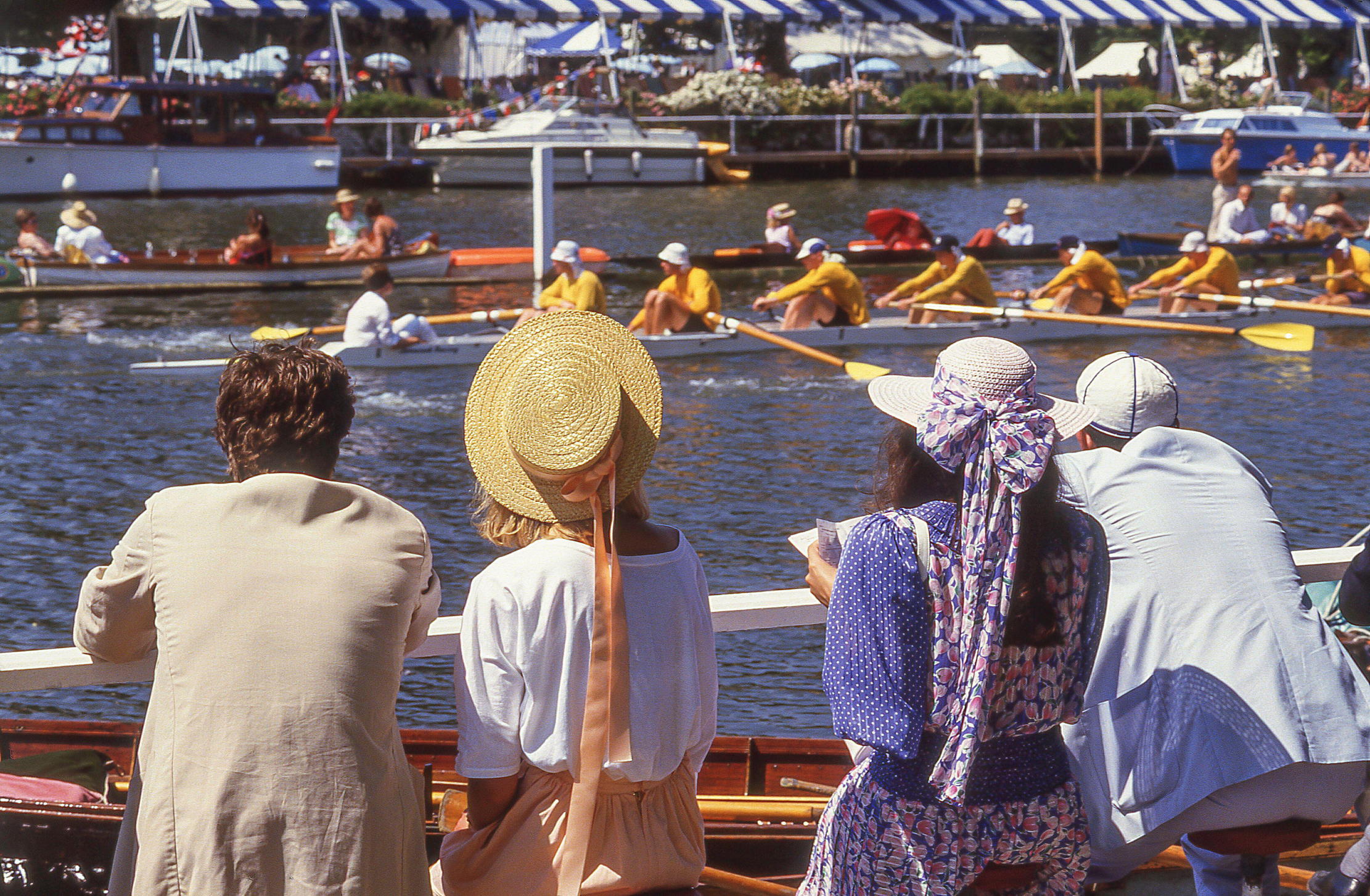Life and Arts in the Baroque Palaces of Rome
The palazzi of Rome is a huge subject and the study of it is still in its infancy, but this book, which includes the catalogue of the exhibition held this year in New York at the Bard Graduate Center, concentrates on small-scale transportable decorative arts.

The palazzi of Rome is a huge subject and the study of it is still in its infancy, but this book, which includes the catalogue of the exhibition held this year in New York at the Bard Graduate Center, concentrates on small-scale transportable decorative arts. All 97 objects from the show are illustrated and much can be learned from their variety: carriages, armour, dress, musical instruments and devotional objects, gilded and carved furniture and pietre dure, everything from schemes for great rooms to designs for folded napkins.
In the Baroque age, Rome was a city of publicdisplay. Its citizens and dignitaries used visual means to represent their roles in the public sphere. As the catalogue essays describe, the palazzi had an important part to play in the public spaces of a city which was then still dramatically scenic and only partly built-up.
All that is left today are the fountains and the piazze, but the lavish processions and firework displays that marked the presence of heads of state and their representatives were carefully recorded. Forthe English, a door into this complex world was opened in 1686-87 with the embassy of the Earl of Castlemaine on behalf of James II.
His processional carriages were decorated with tritons symbolising England's rule of the seas, and the banquet he gave for 86 cardinals and prelates at Palazzo Pamphilj in Piazza Navona was engraved by Arnold van Westerhout and published in 1688. The table was set up two days in advance to allow visitors to admire the settings and the sugar trionfi, which were then sent as presents to Rome's greatest ladies.
Order Essays in Architectural History today
Sign up for the Country Life Newsletter
Exquisite houses, the beauty of Nature, and how to get the most from your life, straight to your inbox.
Country Life is unlike any other magazine: the only glossy weekly on the newsstand and the only magazine that has been guest-edited by HRH The King not once, but twice. It is a celebration of modern rural life and all its diverse joys and pleasures — that was first published in Queen Victoria's Diamond Jubilee year. Our eclectic mixture of witty and informative content — from the most up-to-date property news and commentary and a coveted glimpse inside some of the UK's best houses and gardens, to gardening, the arts and interior design, written by experts in their field — still cannot be found in print or online, anywhere else.
-
 380 acres and 90 bedrooms on the £25m private island being sold by one of Britain's top music producers
380 acres and 90 bedrooms on the £25m private island being sold by one of Britain's top music producersStormzy, Rihanna and the Rolling Stones are just a part of the story at Osea Island, a dot on the map in the seas off Essex.
By Lotte Brundle
-
 'A delicious chance to step back in time and bask in the best of Britain': An insider's guide to The Season
'A delicious chance to step back in time and bask in the best of Britain': An insider's guide to The SeasonHere's how to navigate this summer's top events in style, from those who know best.
By Madeleine Silver